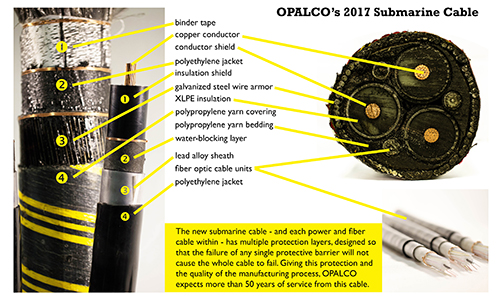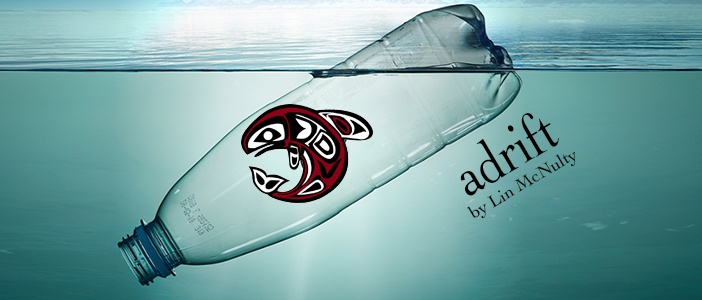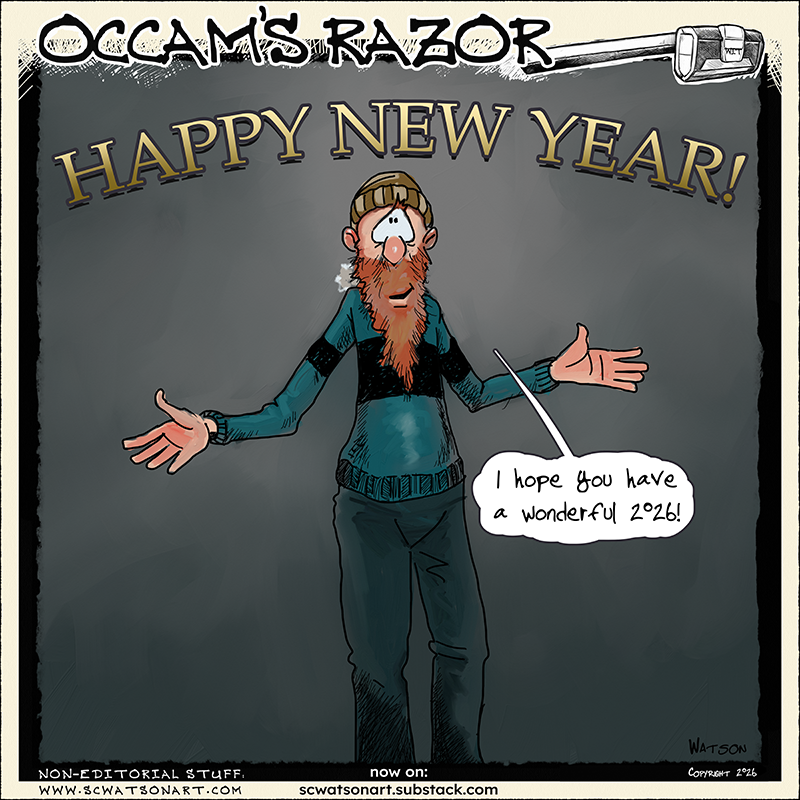— by Susan McBain —
OPALCO’s project to finish replacing its 1977 submarine cable between San Juan and Lopez Island is nearing completion. The new cable being laid in September—almost 2.6 miles of it—will be the last crossing in OPALCO’s system to be replaced with cable containing fiber optics. OPALCO engineers believe that, with the high quality of its manufacture (by Sumitomo USA) and its many layers of built-in protection, the new cable will provide at least 50 years of reliable, economical service to the San Juan Islands.

The new cable carries both power and fiber cables: three phases of conductors (electric wire) and three packages of fiber containing a total of 144 strands. The inclusion of fiber will allow remote monitoring of the cable itself and increased capacity for countywide fiber communications. The electrical conductors will significantly increase system power capacity. The new cable will be energized in 2018, becoming an integral part of OPALCO’s power and fiber backbone.
But there could be a hitch. CenturyLink’s active fiber cable in the same crossing has drifted over OPALCO’s old cable and is lying on top of it in several places. CenturyLink is currently working to remove and relocate its cable, and both cables are at some risk of breaking during the process. Breakage of CenturyLink’s cable would cause loss of many land lines, as happened in November 2013. CenturyLink DSL services would also be interrupted, including its DSL hosted by OPALCO’s subsidiary Rock Island Communications. (OPALCO’s cable has already been decommissioned, so breakage would not affect its services.)
OPALCO has been working with CenturyLink and the regulatory agencies to avoid the risk of another major communications outage like the one in 2013, when CenturyLink’s cable broke. Some improvements to communications have already been made by both companies. CenturyLink now has a microwave link backing up 911 emergency calls throughout the islands. OPALCO and Rock Island have also installed additional microwave links for redundancy to carry some of the communications traffic in case of another outage. So if one should occur, the effects on customers should be less severe than in 2013.
The cable project has been years in the making. (For a nice visual summary, click here.) OPALCO worked with dozens of regulatory agencies, interest groups, tribes, and property owners in planning the effort. More than 100 engineers have been involved in bringing the project from design to completion. System engineer Joel Mietzner, who leads the project, says, “I’m drawing on all my life’s learning experience for this single project, touching upon more than 50 different engineering disciplines to get it done.”
The cost of this capital project will be $15 million. “It’s a major expense for the Co-op,” says Mietzner, “but it will pay for itself twice over in the first 20 years based on the power it will wield.” Each of the three phases of electrical conductor can independently carry the entire electric load of San Juan, Brown, Pearl, Henry and Spieden islands. The fiber component will offer the flexibility to adapt to changing technologies on both sending and receiving ends of the communications channel.
OPALCO communications director Suzanne Olson says, “To me the big story is that we’ll now have a network that will bring reliable, high-quality power to the San Juans for the next 50 years or more, with very little line loss or environmental impact. This next generation of submarine cables is being built to the highest standard; we expect it will provide service to islanders now, and to our children and grandchildren in the future.”
**If you are reading theOrcasonian for free, thank your fellow islanders. If you would like to support theOrcasonian CLICK HERE to set your modestly-priced, voluntary subscription. Otherwise, no worries; we’re happy to share with you.**








